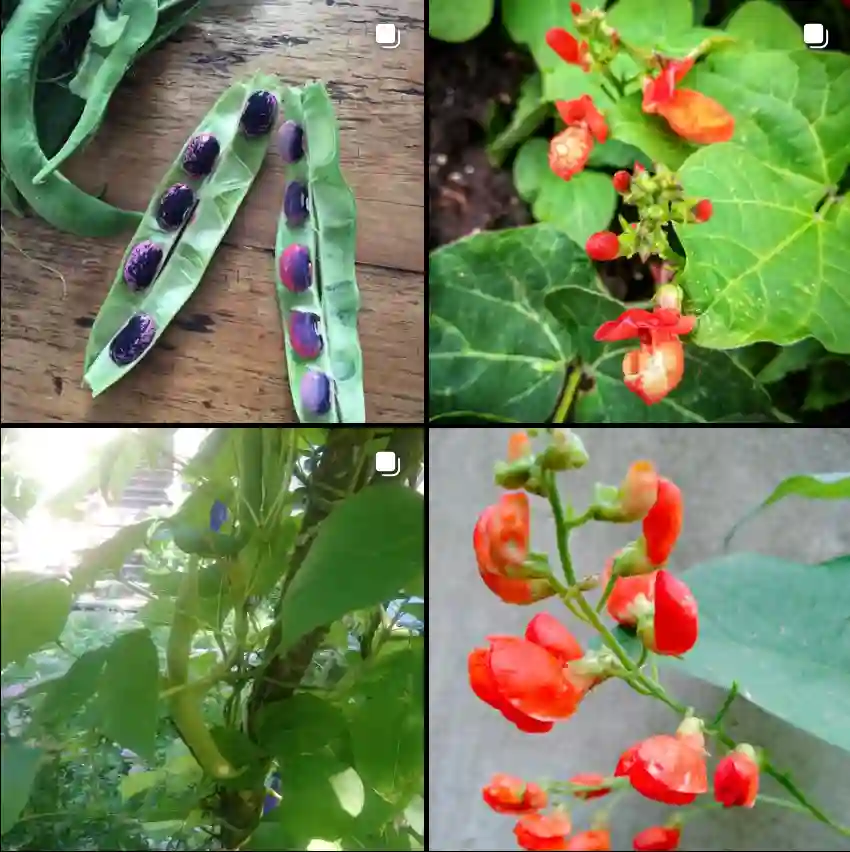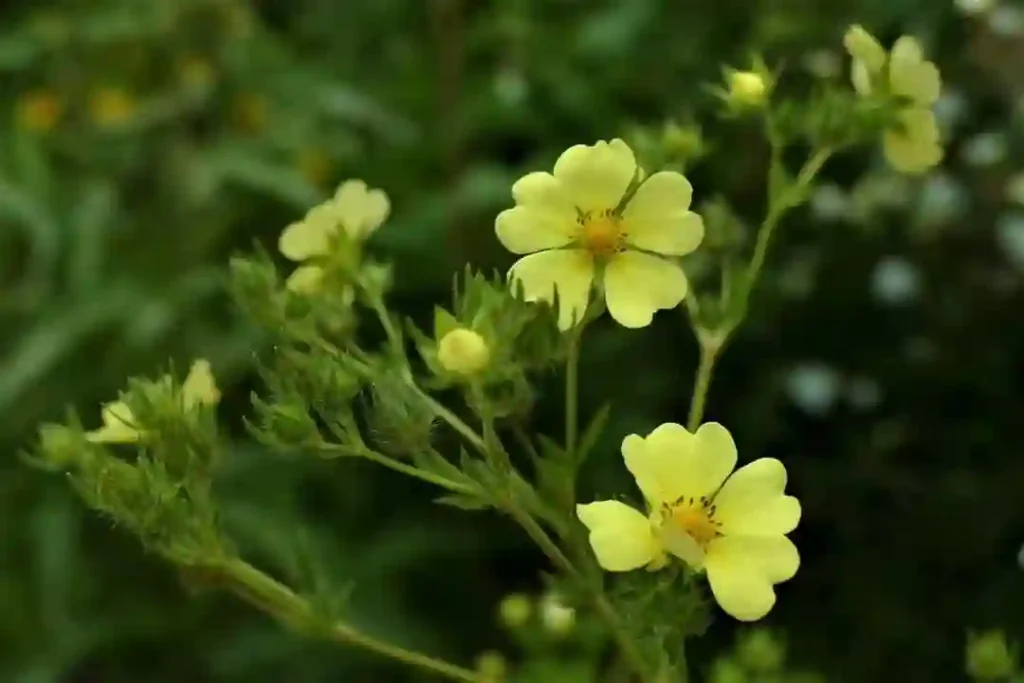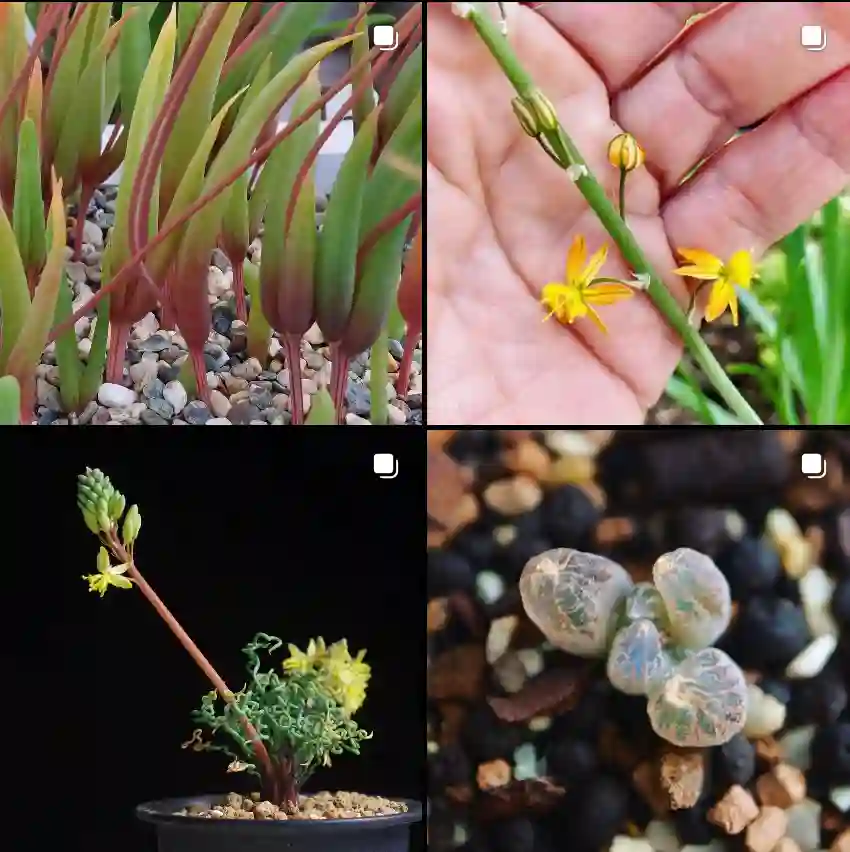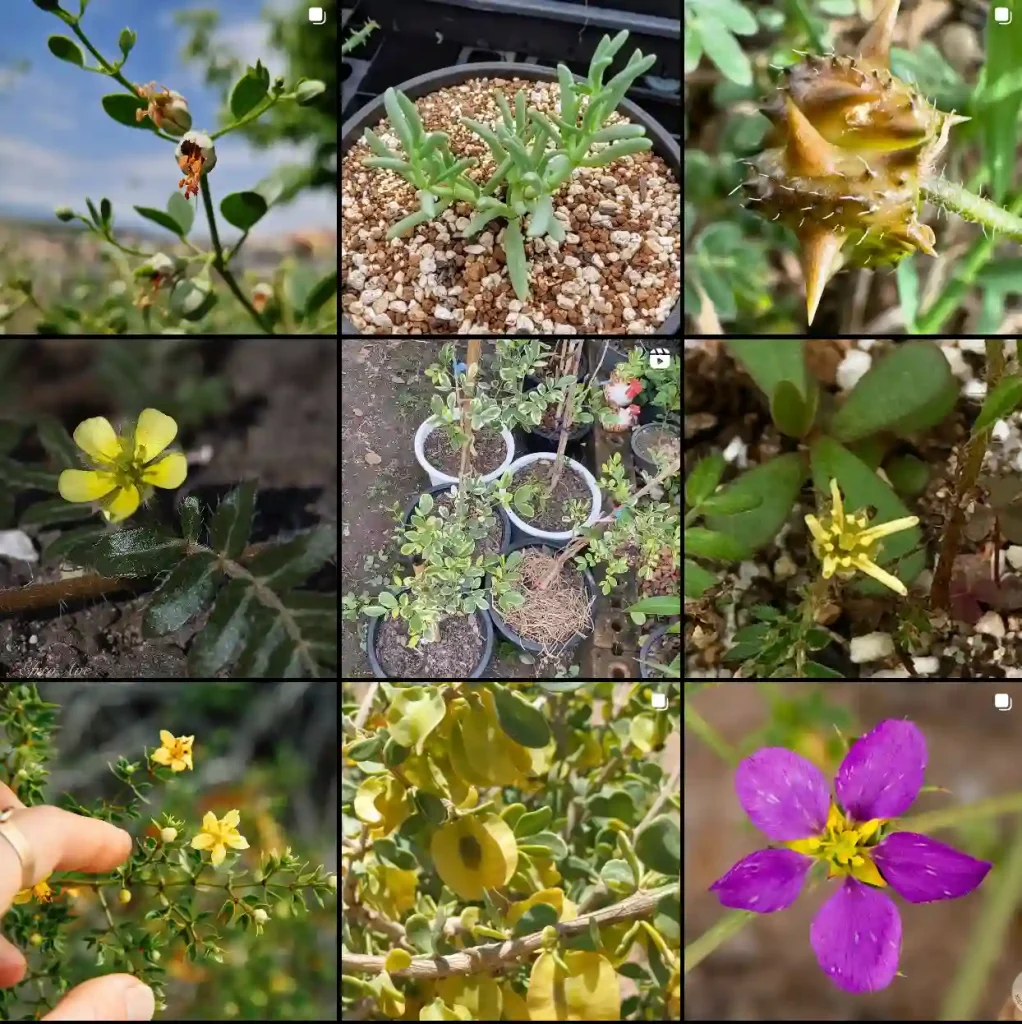What Is Radermachera Kunming?
Radermachera Kunming, often known as Kunming Radermachera, is a striking evergreen plant native to China. It’s renowned for its glossy, dark green leaves and its ability to bring a lush, tropical feel to indoor spaces. The plant is part of the Bignoniaceae family and is sometimes referred to as the “China Doll” because of its elegant foliage. I first encountered Radermachera Kunming in a local nursery and was immediately drawn to its vibrant appearance and ease of care.
17 Species in Genus Radermachera
How to Care for Radermachera Kunming?
Caring for Radermachera Kunming is quite straightforward, which makes it a popular choice among plant enthusiasts, including myself. Here are the essential care tips I’ve found useful:
- Light: Radermachera Kunming thrives in bright, indirect light. While it can tolerate lower light conditions, its growth might slow down, and the leaves could lose some of their luster. I keep mine near a bright window but out of direct sunlight to prevent leaf burn.
- Water: This plant prefers its soil to be consistently moist but not soggy. I water mine when the top inch of soil feels dry. Overwatering can lead to root rot, which is something I’ve learned to watch out for.
- Humidity: Radermachera Kunming appreciates higher humidity levels. I often mist my plant or place it near a humidifier, especially during the dry winter months. It helps keep the leaves healthy and vibrant.
- Temperature: It thrives in temperatures between 65°F to 75°F (18°C to 24°C). I make sure it’s not exposed to drafts or sudden temperature changes, which can stress the plant.
How to Propagate Radermachera Kunming?
Propagation of Radermachera Kunming can be done through stem cuttings, which I’ve found to be the most effective method. Here’s how I go about it:
- Select a Cutting: Choose a healthy stem with a few sets of leaves. I usually take cuttings about 4-6 inches long.
- Prepare the Cutting: Remove the lower leaves and dip the cut end in rooting hormone. This step helps promote root growth.
- Plant the Cutting: Insert the cutting into a pot filled with a well-draining mix, such as a combination of peat and perlite. I keep the soil consistently moist and cover the pot with a plastic bag to maintain humidity.
- Wait for Roots: Place the pot in a warm, bright location but out of direct sunlight. Roots should develop in a few weeks. Once established, I transplant the new plant into a larger pot.
What to Plant With Radermachera Kunming?
Radermachera Kunming pairs well with other tropical or subtropical plants, which can complement its lush appearance. In my own collection, I’ve combined it with:
- Philodendron: The broad leaves of Philodendron create a striking contrast with the fine texture of Radermachera Kunming leaves.
- Pothos: Their trailing vines add a different texture and fill in empty spaces around the Kunming plant.
- Ferns: The delicate fronds of ferns blend well with the bold leaves of Radermachera Kunming, creating a diverse foliage display.
Benefits of Radermachera Kunming
There are several reasons why I find Radermachera Kunming a beneficial addition to my home:
- Air Purification: Like many houseplants, it helps purify indoor air by removing toxins, which contributes to a healthier living environment.
- Aesthetic Appeal: Its glossy leaves and dense growth make it an attractive centerpiece in any room.
- Ease of Care: Its relatively low maintenance requirements make it suitable for both beginners and experienced plant lovers.
Is Radermachera Kunming Toxic?
One thing to be aware of is that Radermachera Kunming is mildly toxic if ingested. It contains compounds that can cause irritation or discomfort, particularly in pets or young children. I always keep mine out of reach of my pets and ensure that any fallen leaves are cleaned up promptly.
Common Problems with Radermachera Kunming
Over the years, I’ve encountered a few issues with Radermachera Kunming:
- Leaf Drop: This can occur if the plant experiences sudden changes in light or temperature. To prevent this, I maintain stable conditions and avoid moving the plant frequently.
- Pests: Occasionally, I’ve noticed spider mites or scale insects. Regularly inspecting the plant and using insecticidal soap or neem oil helps keep these pests under control.
How Does Radermachera Kunming Compare to Similar Plants?
Radermachera Kunming is often confused with other tropical houseplants. Here’s a comparison with a few similar species:
- Ficus Benjamina: Unlike Radermachera Kunming, Ficus Benjamina has a more weeping form and smaller, more delicate leaves. Both require similar care, but Ficus can be more temperamental with changes.
- Schefflera Arboricola: Often mistaken for Radermachera Kunming due to its similar growth habit, Schefflera has more pronounced, glossy leaves and can tolerate a wider range of light conditions.
- Dracaena Fragrans: This plant features long, sword-like leaves and can handle lower light levels better than Radermachera Kunming, making it a good alternative for less bright spaces.
Overall, Radermachera Kunming is a fantastic plant that offers beauty and ease of care. Whether you’re an experienced plant enthusiast or just starting out, it’s worth adding to your collection.
If i die, water my plants!



